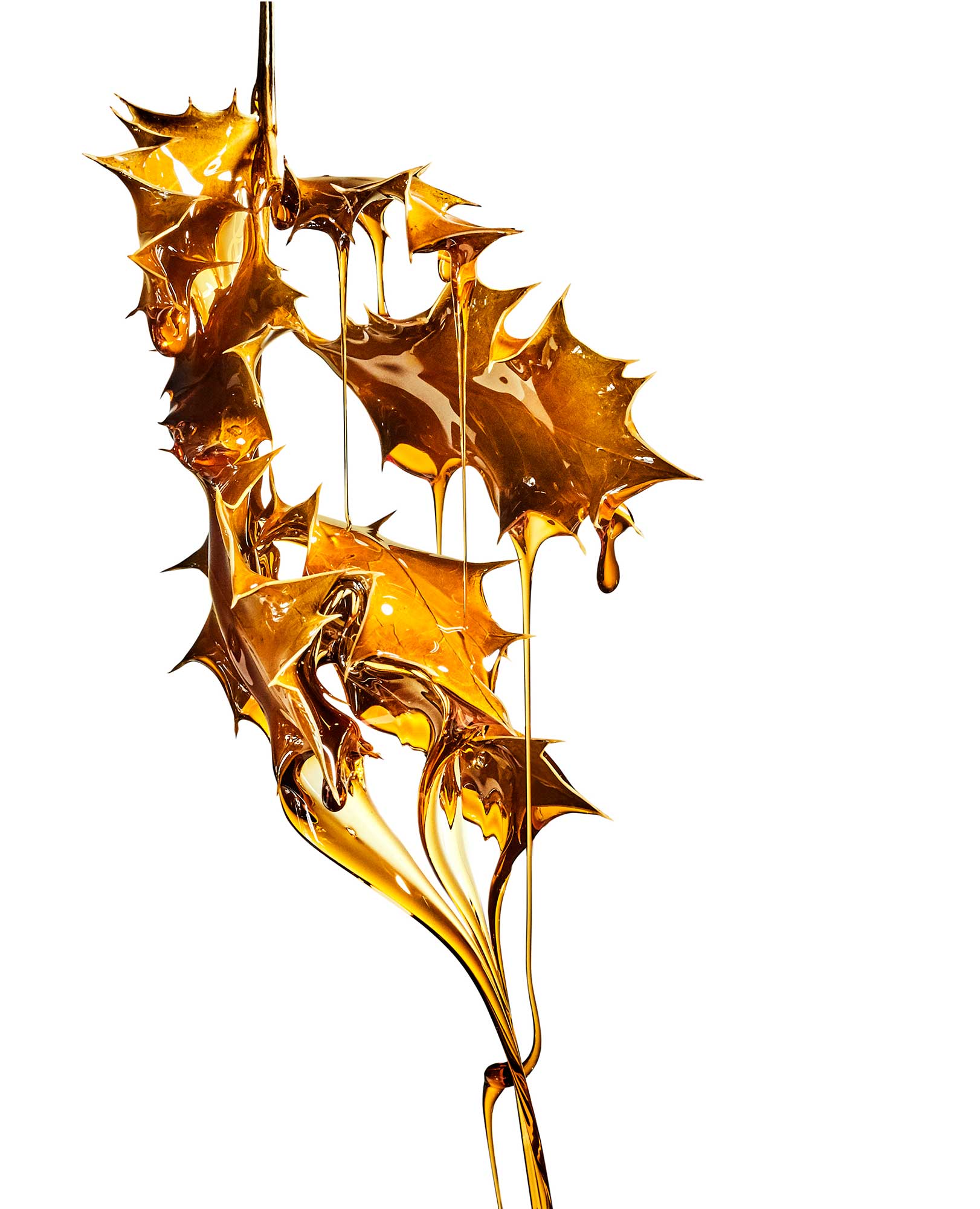ART AND COSMETICS
One might ask what links art and cosmetics, two seemingly diametrically opposed worlds. The former touching the depths of the soul, the latter limited to the outer layer of the skin: one, eternal, the other, superficial.
Yet, they are united by their driving force: the quest for beauty
Art presupposes a constant and never-ending quest for beauty — even if in the 20th century it was more about attacking long-held beliefs and traditions. We recognize artistic beauty by the aesthetic emotion it inspires.
Beauty that uses a variety of mediums: canvas, building materials or sound; paper, the big screen or the stage.
Beauty for a variety of purposes: pleasure, political statement or personal catharsis.
Philosophers tell us that it is virtually impossible to live without art, because the pursuit of beauty gives our lives spiritual meaning, transcends our individual existence and differentiates us from animals. The birth of humanity is inextricably intertwined with the birth of artistic pursuit.
Artistic beauty is a healthy human nature.
Yet cosmetics pursues a similar goal, albeit narrower, limited to people and their appearance.
Skin is the primary “medium” of any human relationship, as well as the inner/outer boundary of an individual. We recognize cosmetic beauty by the feelings-social or loving-that it arouses.
Cosmetics are based on the assumption that characteristics matter little (human beauty is subjective), but that, on the contrary, the care we devote to the health of our skin can reflect an image of beauty.
Cosmetic beauty is healthy human skin.
Thus, art and cosmetics can be seen as highly compatible worlds because of their eternal common root: the eminently human pursuit of beauty.
However, they are rarely found together. Cosmetics advertising has been trotting out the same images and messages for decades-since it has twisted to sell industrial formulas with low levels of active ingredients and high levels of petrochemicals. Although sometimes creative, this is not an artistic approach.
Some brands sponsor exhibitions or concerts and play a role in architectural renovations, which is very commendable.
However, very few of them have taken a truly artistic approach and written it into their DNA. There is only one way to do this: give artists a place to express themselves freely.
ARTE E COSMETICI
Ci si potrebbe chiedere cosa lega l’arte e la cosmetica, due mondi apparentemente diametralmente opposti. Il primo che tocca le profondità dell’anima, il secondo limitato allo strato esterno della pelle: uno, eterno, l’altro, superficiale.
Eppure, sono uniti dalla loro forza motrice: la ricerca della bellezza
L’arte presuppone una costante e infinita ricerca della bellezza – anche se nel ventesimo secolo si trattava più che altro di attaccare credenze e tradizioni di lunga data. Riconosciamo la bellezza artistica dall’emozione estetica che ispira.
La bellezza che utilizza una varietà di mezzi: la tela, i materiali da costruzione o il suono; la carta, il grande schermo o il palcoscenico.
La bellezza per una varietà di scopi: piacere, dichiarazione politica o catarsi personale.
I filosofi ci dicono che è praticamente impossibile vivere senza arte, perché la ricerca della bellezza dà alla nostra vita un significato spirituale, trascende la nostra esistenza individuale e ci differenzia dagli animali. La nascita dell’umanità è inestricabilmente intrecciata con la nascita della ricerca artistica.
La bellezza artistica è una sana natura umana.
Eppure la cosmetica persegue un obiettivo simile, anche se più ristretto, limitato alle persone e al loro aspetto.
La pelle è il primo “mezzo” di qualsiasi relazione umana, nonché il confine interno/esterno di un individuo. Riconosciamo la bellezza cosmetica dai sentimenti – sociali o amorosi – che suscita.
I cosmetici si basano sul presupposto che le caratteristiche contano poco (la bellezza umana è soggettiva), ma che, al contrario, la cura che dedichiamo alla salute della nostra pelle può riflettere un’immagine di bellezza.
La bellezza cosmetica è una pelle umana sana.
Così, l’arte e la cosmetica possono essere visti come mondi altamente compatibili, a causa della loro eterna radice comune: la ricerca eminentemente umana della bellezza.
Tuttavia, raramente si trovano insieme. La pubblicità dei cosmetici ha tirato fuori le stesse immagini e messaggi per decenni – da quando si è contorta per vendere formule industriali con bassi livelli di ingredienti attivi e alti livelli di prodotti petrolchimici. Anche se a volte creativo, questo non è un approccio artistico.
Alcuni marchi sponsorizzano mostre o concerti e giocano un ruolo nelle ristrutturazioni architettoniche, il che è molto lodevole.
Tuttavia, pochissimi di loro hanno adottato un approccio veramente artistico e lo hanno scritto nel loro DNA. C’è solo un modo per farlo: dare agli artisti un posto dove esprimersi liberamente.



